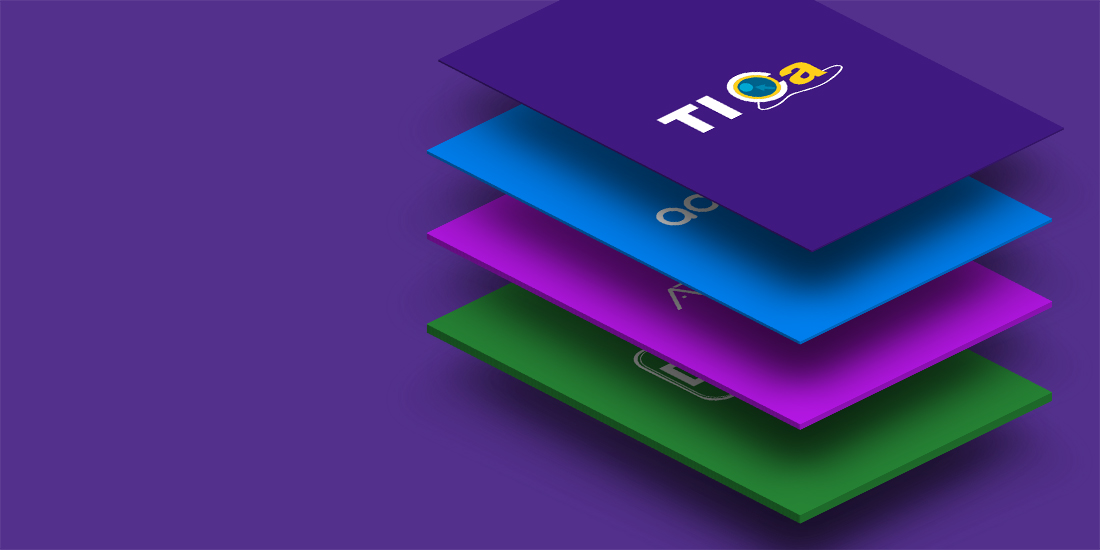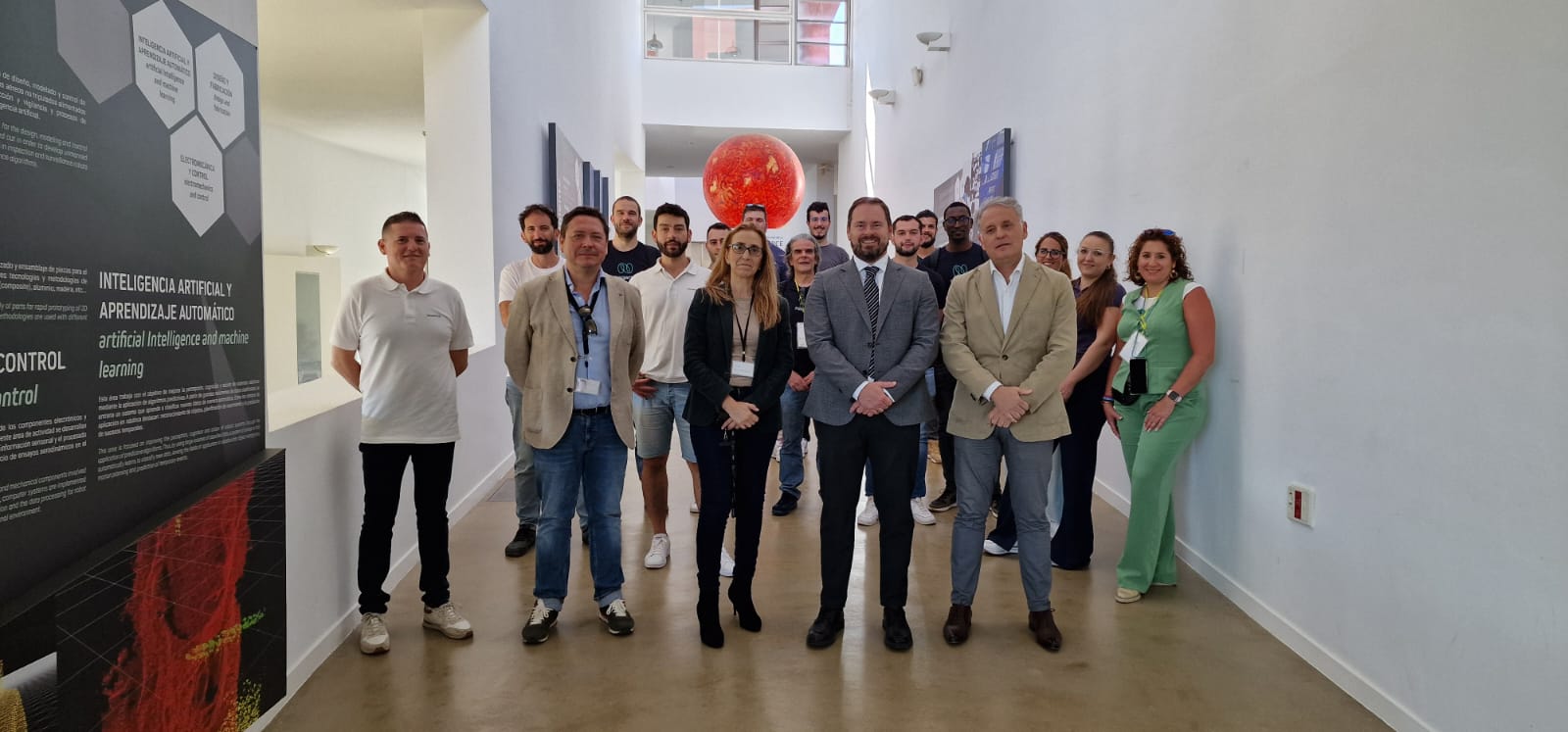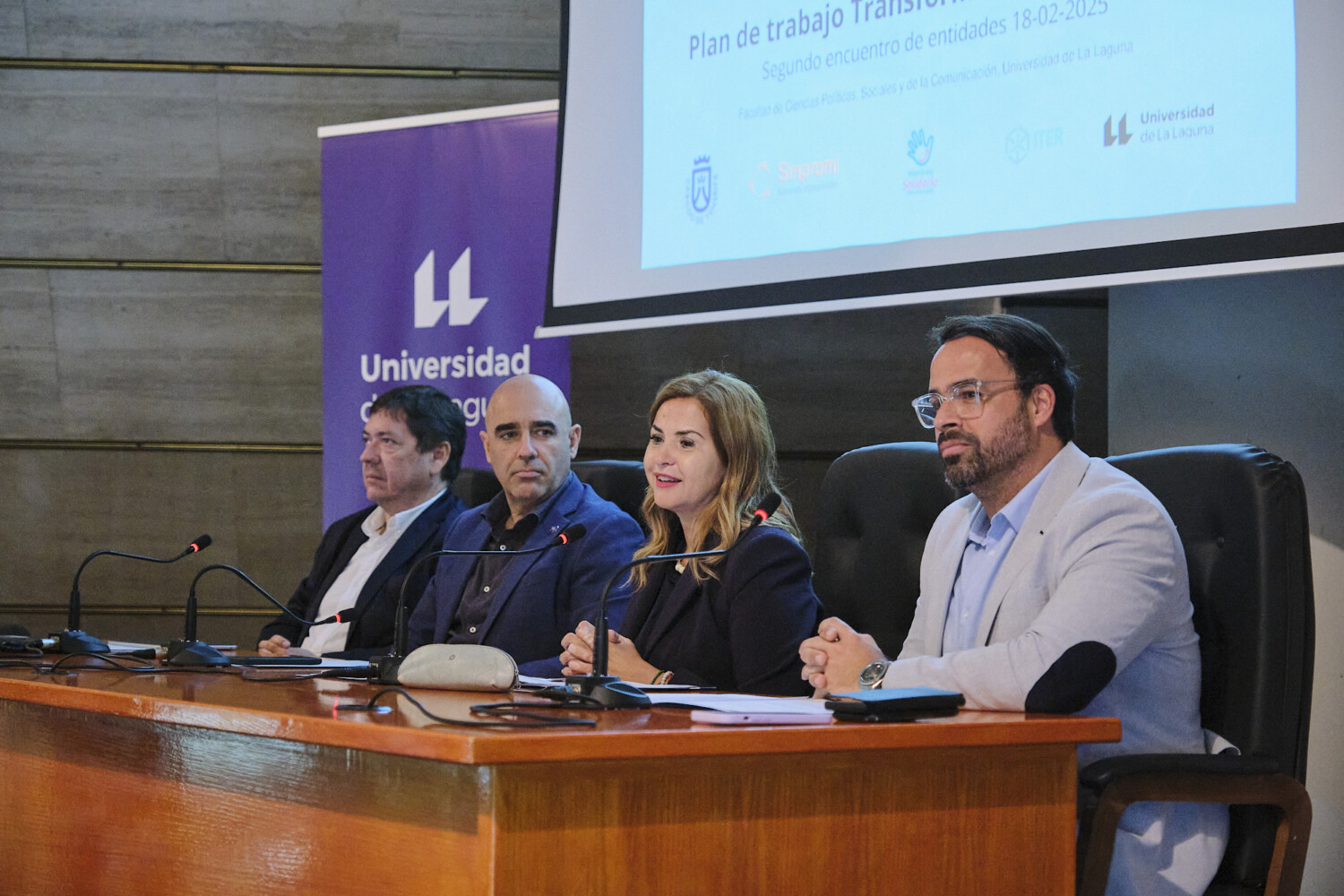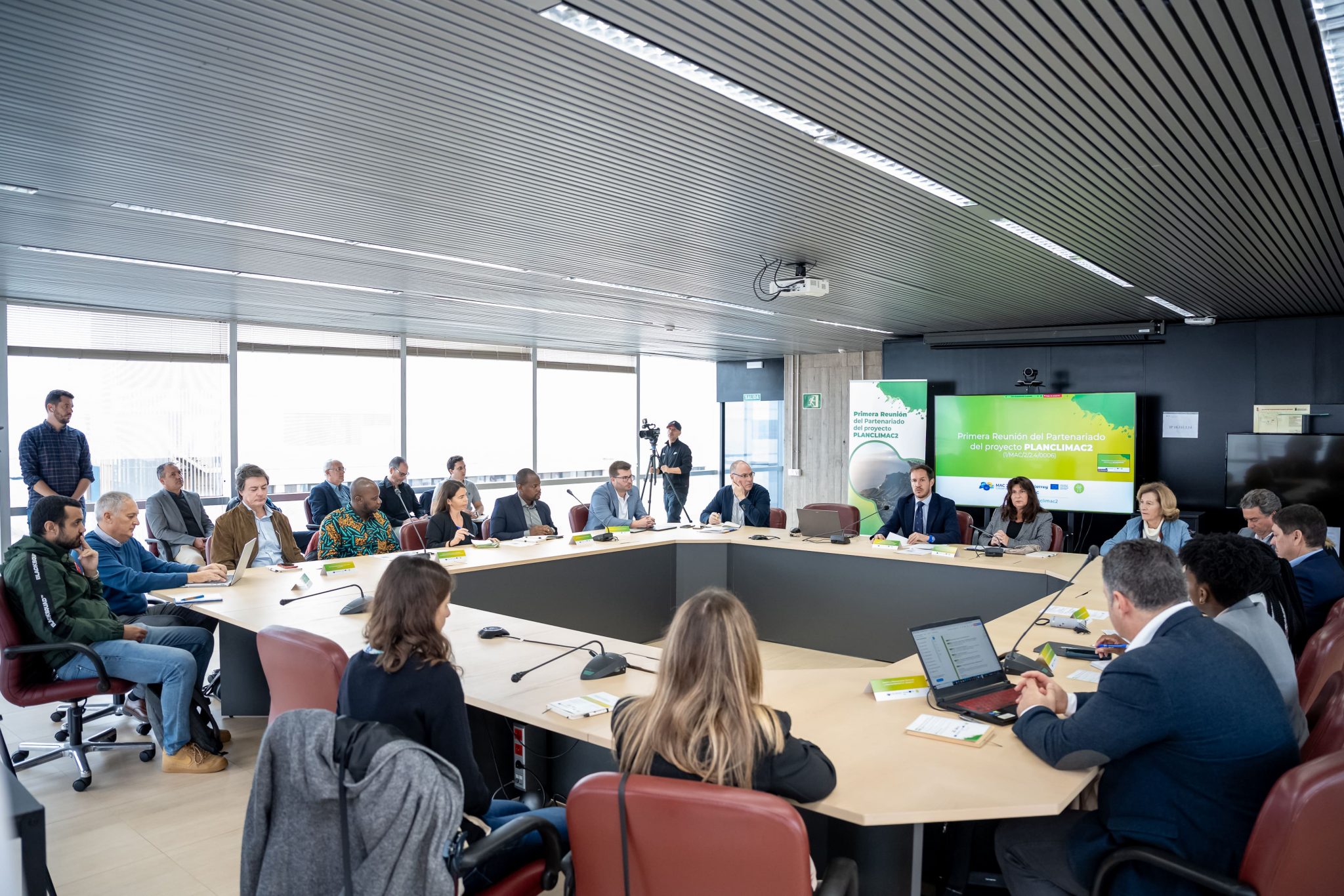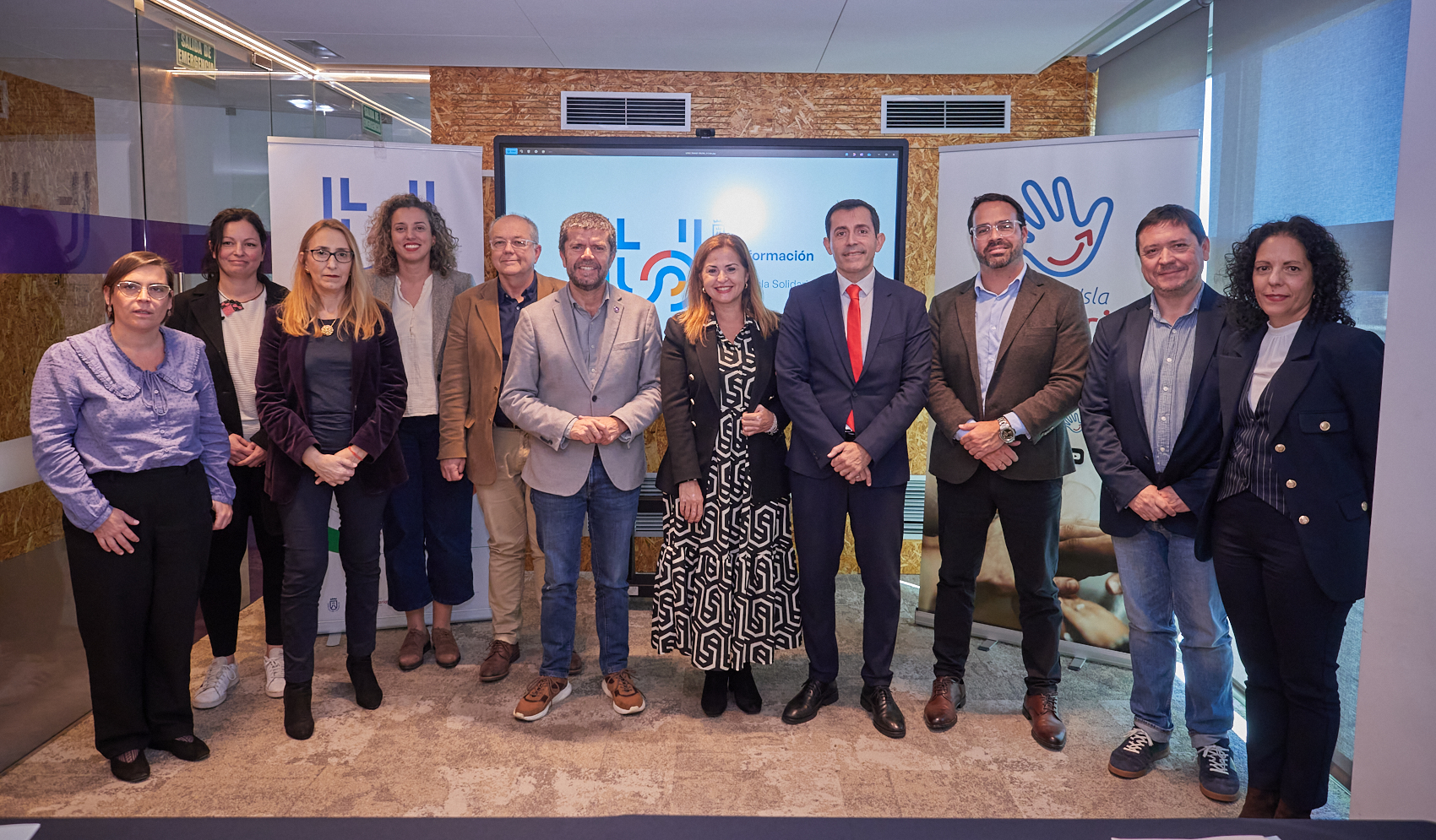TICA – ACCESSIBLE INFORMATION AND COMMUNICATION TECHNOLOGIES
The TICa project is framed within the MAC 2007-2013 Transnational Cooperation Program.
ITER and Instituto de Acçao Social Direcçao Regional da Solidariedade e Segurança Social are involved in the execution of the TICa Project as collaborating partners, with Sinpromi as the lead partner.
the main objectives of the project:
- Promote and manage comprehensive training, career guidance, and employment integration programs.
- Promote the removal of physical barriers and the implementation of accessible environments, providing information and technical support to individuals and public or private entities.
- Promote the use of new technologies and the development of Teletraining and Teleworking Projects.
- Encourage the full participation of people with disabilities in society, enhancing their access to cultural resources and enjoyment of sport, tourism and leisure.
- Spreading knowledge about disability and promoting Design for All in society.
- Promote the marketing of products made by people with disabilities in Occupational Centers and Special Employment Centers.
- Promote the Commercial and Services Area of the Society, developing the following activities attached to Special Employment Centers
Technological development and convergence between new platforms contribute to the creation of a new scenario, the information society, characterized by a massive spread of informatics, the telematics and audiovisual media through which we are provided with new channels of communication and immense sources of information. Therefore, technologies can be a powerful tool for the compensation of inequalities as they generate new opportunities for education, employment, leisure and communication of people with functional diversity, contributing to their social integration and improving their quality of life.
However, there is a problem that directly affects this field of action and which is none other than the need for ICT (Information and Communication Technologies) to be established with basic conditions of accessibility, preventing functional diversity from leading to a lack of access to technologies and thus bridging the digital divide.
Links of interest:


